
If you’ve been here a while, you know I’ve railed against foam rolling. Not the tool or its uses but rather, over-reliance of it. Which is often the result of the benefits of foam rolling being overstated or misinterpreted.
Fact is that foam rolling or self-massage does work. Research has shown it can improve flexibility and reduce muscle soreness. While the benefits of foam rolling are becoming clearer, there is one major problem…
Those gains are often only temporary.
And so this can lead to dependence, in order to ease a perceived persistent tightness. Often at the expense of more challenging inputs that result in long-term gains.
But hey, there are also plenty of worse things you could be doing. There are benefits and there is good information emerging on best practice to dig through.
So today I want to share with you a few small studies that put self-massage at the end of the rainbow. AND give you some tips on how we can best apply the good stuff.
Let’s dive in.
First, a refresher:
What Is Foam Rolling?
Formerly known as self-myofascial release, it’s a type of self-applied soft tissue massage. By applying pressure to certain muscles and tissue via one’s own body weight onto a roller. You then slowly roll the length of the target area or you can just hold on a particular spot.
You want to avoid rolling into severe pain and only work with a tolerable level of discomfort. To ease the pressure somewhat, use your uninvolved limbs to lift a portion of your weight off the roller.
Reported benefits include reduced muscle tension, increased blood flow, and relief of sore muscles and trigger points. Although, the latter idea has fallen out of favour in recent times.
And while research is mounting, exactly how it works is still up for clarification. At the moment it is thought there can be both a local tissue and a neuronal response to self-massage.
Related: Does Foam Rolling Work, and What Does it Do?
Foam Rolling As Part of a Warm-Up
In our first study researchers used two groups (1). One group performed 45-seconds of foam rolling each to the hamstrings, quadriceps, and calf regions after 8 minutes of jogging. The other group performed only jogging.
The aim was to analyze the effects of jogging and foam-rolling as a general warm-up protocol.
The combination rolling/jogging group won the day. They showed improved ankle dorsiflexion ROM and an improved counter-movement jump.
They also found that jogging alone may offer similar results in ROM. But, results were better and maintained after 10 minutes with added foam rolling.
Interestingly though, foam rolling didn’t affect knee proprioception or knee and hip ROM. The jogging-only group did manage to improve hip ROM.
That one stumped researchers too, so there you go.

Self-Massage and Static Stretching During a Workout
Here’s a newer study (2) with a cool design using a roller massage (RM) and static stretching (SS). Comparing the effect of SS vs SS+RM, subjects participated in 5 sessions:
- Static stretch only
- Static stretch + roller massage then rest
- Static stretch with roller massage at 10 and 20 mins after the stretch
- Static stretch + roller massage with roller massage at 10 and 20 mins post stretch
- Control
SS held a passive stretch for 2 × 30 seconds each to the quads and hamstrings. The stretch and roll groups performed a 30-second stretch and 30-second rolls for each muscle. What’s great about this is they’re a similar total time of intervention.
Outcome measures were:
- Hip flexion and knee flexion active and passive ROM
- Hurdle jump height and contact time
- Countermovement jump height
- Maximal voluntary isometric contraction force
They found both SS and SS+RM saw improvements in ROM that lasted.
With the addition of RM every 10 minutes after, improvements in active ROM lasted longer.
Neuromuscular performance remained mostly unaffected. SS alone, impaired countermovement jump performance.
In short, they got:
- Improved ROM with RM added to SS, without reducing performance.
- ROM maintained longer with RM intervals every ten minutes after.
Now, this can be helpful in a few ways:
- If you’re trying to maintain ROM within a training session. For example, RM the hip flexors between sets of deadlifts.
- While waiting on the bench before heading into a game.
Excellent stuff.
Related: Does Stretching Between Sets Help?
Foam Rolling Post-Workout
Many of us a foam roller to increase range-of-motion before training. Turns out, according to a tonne of research, foam rolling is actually most helpful when performed after hard training.
Here’s the low-down on the benefits of foam rolling post-workout (3).
Hard training can induce delayed-onset muscle soreness (DOMS), muscle damage, and muscle stiffness. Also, loss of strength, range of motion, and impaired proprioceptive function.
All these things can make the execution of precision movements more difficult. Which in turn, can dilute the learning effect. According to the researchers of this study, it also increases injury risk.
So, hypothesizing that foam rolling would speed up recovery, they set out to answer the following:
How does foam rolling affect muscle and joint proprioception after intense exercise?
And in this case, foam rolling was performed immediately after the workout.

Foam Rolling vs Passive Recovery After Intense Exercise
80 physically-active male students took part, assigned to one of two groups:
- Foam rolling (FR)
- Passive recovery (PR)
Both groups performed 4x 25 eccentric knee extensions to bring on muscle damage and DOMS. Severe DOMS in turns out.
FR did 4x 120 seconds of rolling to the quads immediately after exercise, and again at 24, 48, 72 hours post. PR sat and rested for a time-matched 2 minutes.
The main outcome measures taken at baseline, 1, 24, 48, and 72 hours post-exercise were:
- Muscle soreness
- Pressure-pain threshold
- Quadriceps-muscle strength
- Joint position sense
- Isometric force sense
- Threshold to detect passive movement
The main findings?
Foam rolling resulted in faster muscle recovery from eccentric exercise compared with passive recovery. Foam rolling actually accelerated recovery from muscle soreness, and strength and proprioception loss.
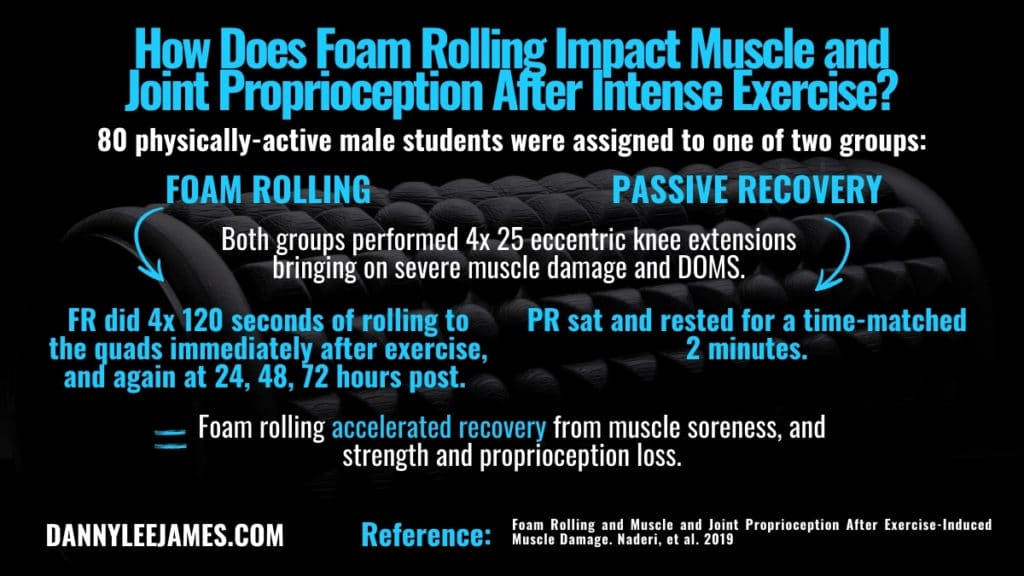
So, for such a short amount of time, it seems foam rolling may be a viable post-exercise recovery option.
Especially to help reduce the effects of DOMS after hard training. And this, it turns out is where foam rolling has the strongest scientific backing.
How Long Should We Foam Roll For?
Our final study is a systematic review of 22 studies by Hughes and Ramer, 2019 (4). This is where they combine a heap of research and try to sort gold from the mud.
They found:
- 7/8 studies showed short-term reductions in muscular pain/soreness. This is ”the most evidence-based benefit” of rolling.
- At least 90 seconds duration per muscle group needed for pain/soreness reduction. No upper limit found.
- 10/17 studies demonstrated significant short-term ROM increases.
- NO studies showed significant performance or chronic ROM improvements.
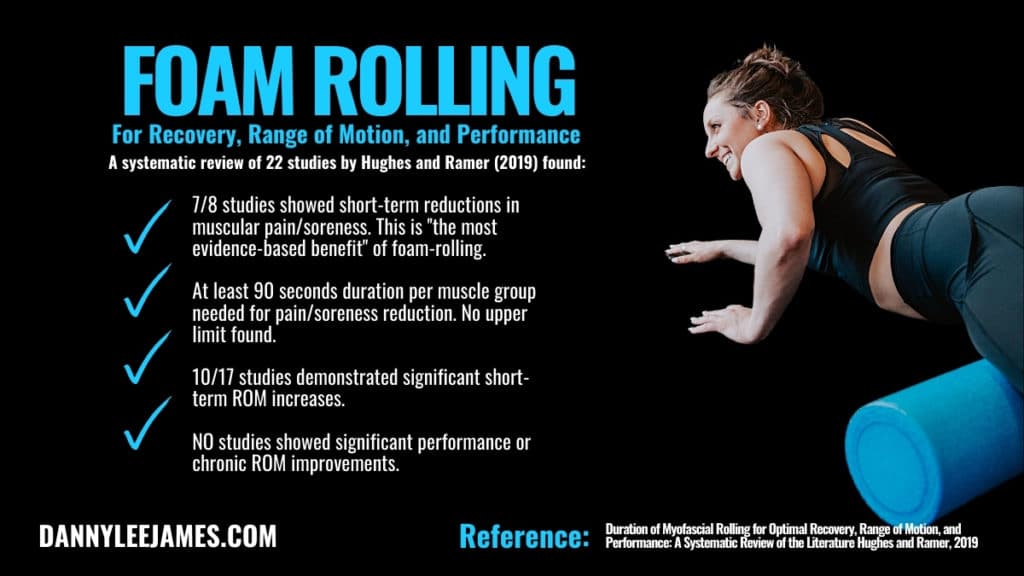
There we have it, nuggets of wisdom from a few recent studies on the effects and benefits of foam-rolling. I hope this helps make more sense of how self-massage can be useful. As well as where it might fall short.
References
- Jogging and Practical-Duration Foam-Rolling Exercises and Range of Motion, Proprioception, and Vertical Jump in Athletes. Romero-Franco, et al. 2019
- Impact of 10-Minute Interval Roller Massage on Performance and Active Range of Motion. Hodgson, et al. 2020
- Foam Rolling and Muscle and Joint Proprioception After Exercise-Induced Muscle Damage. Naderi, et al. 2019
- Duration of Myofascial Rolling for Optimal Recovery, Range of Motion, and Performance: A Systematic Review of the Literature Hughes and Ramer, 2019
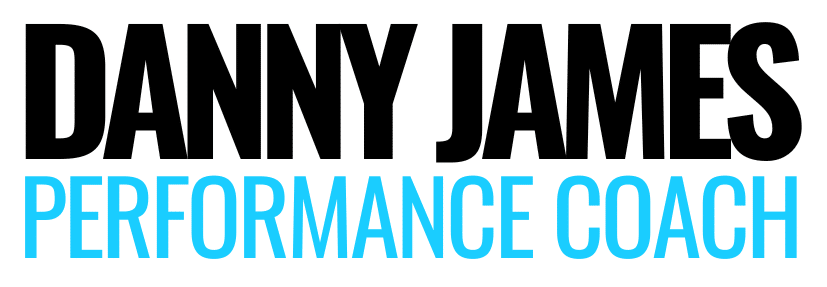

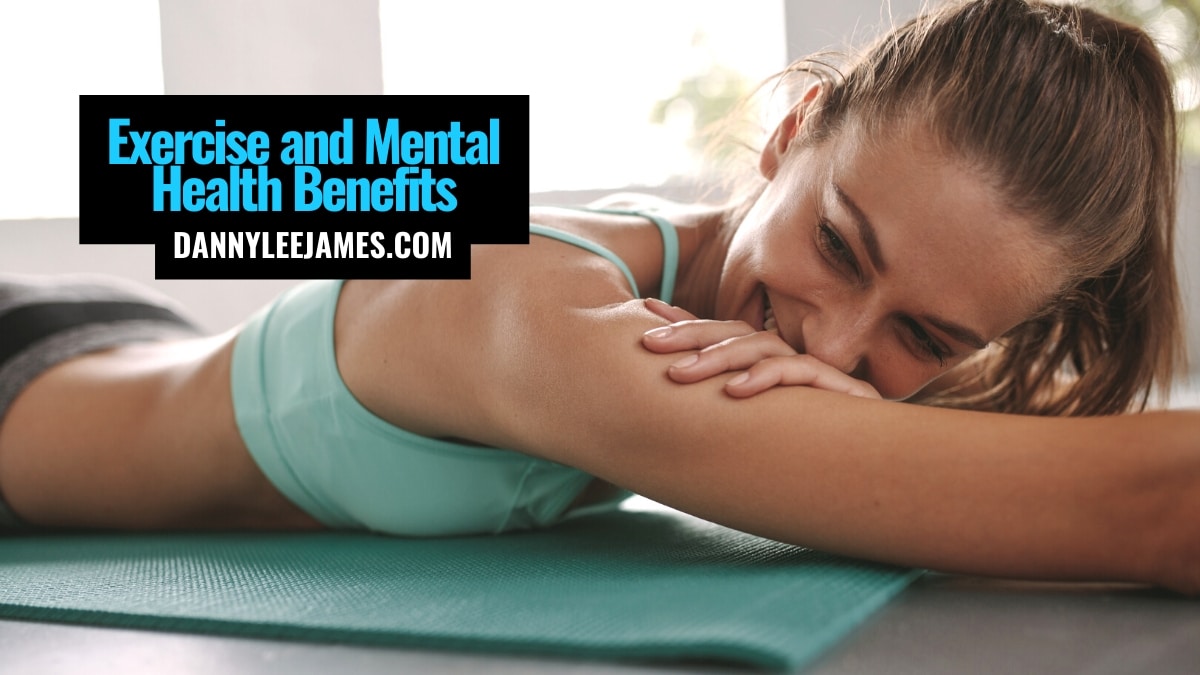
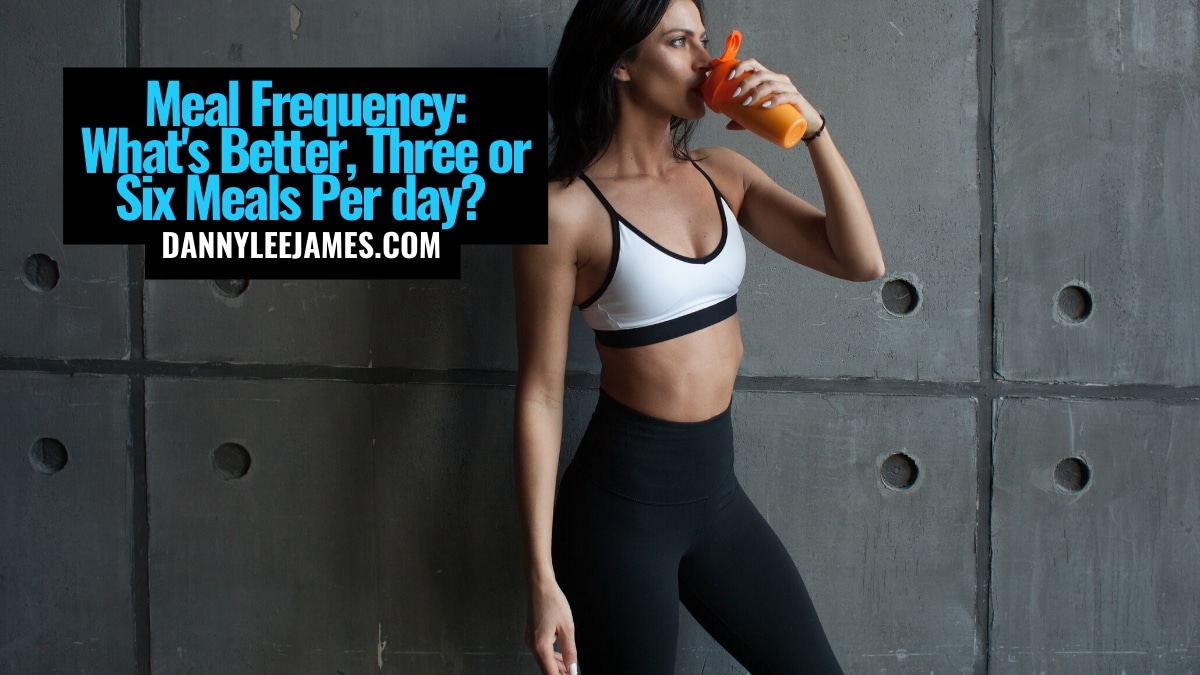
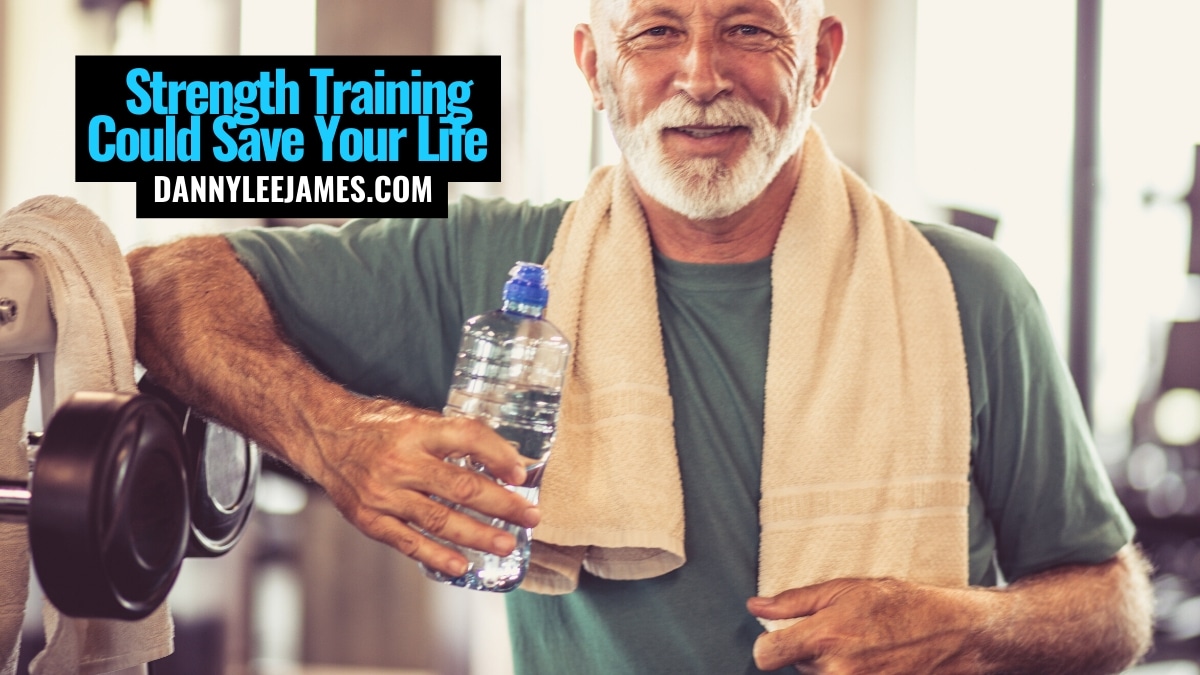

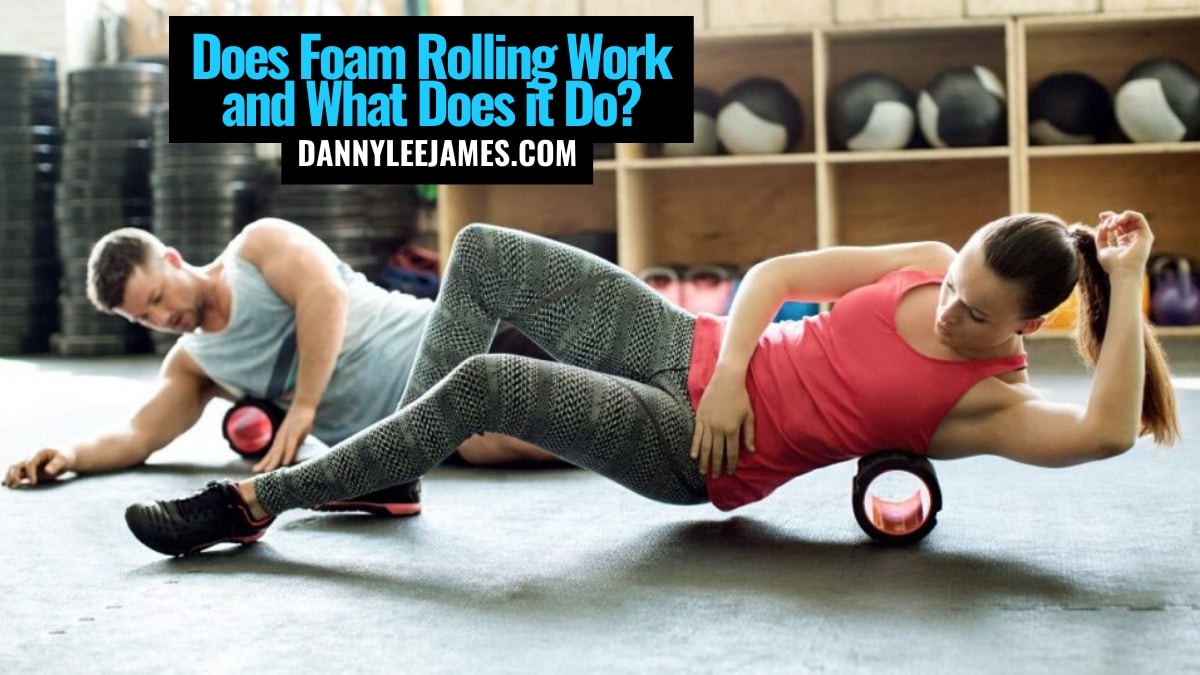
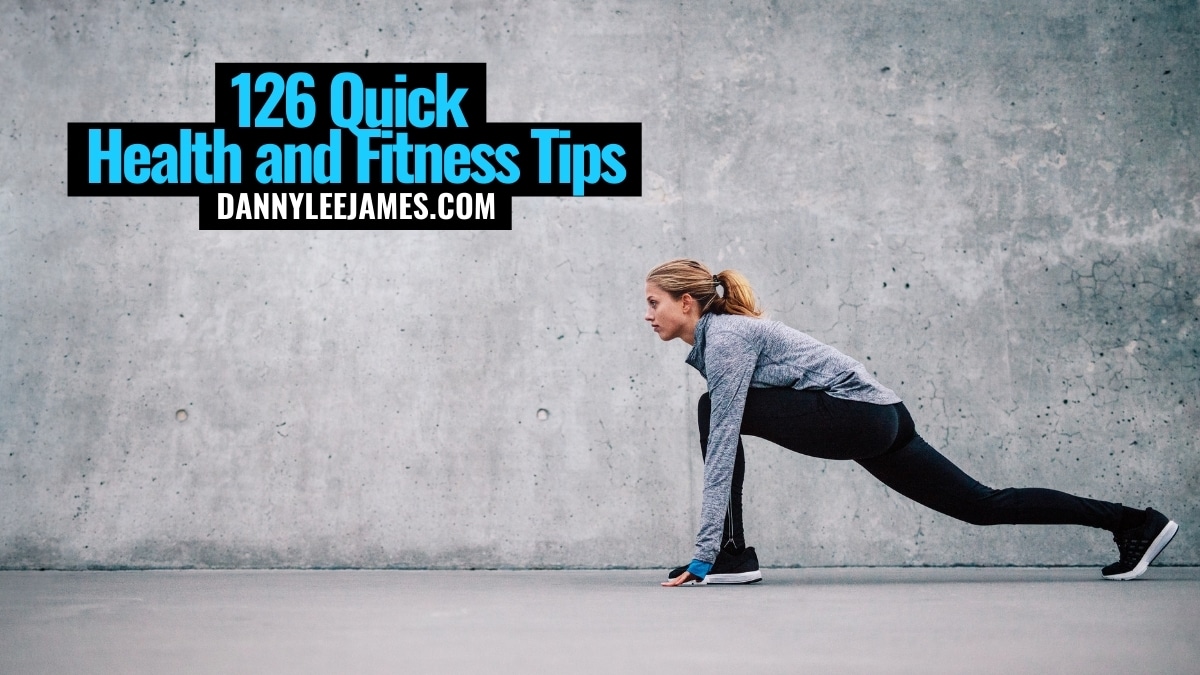
[…] are still not well understood and there’s a paucity of high-quality and well-designed studies available for us to draw conclusions from. So, with this quick post, we’re going to look at […]
[…] Benefits of Foam Rolling According to NEW Research […]